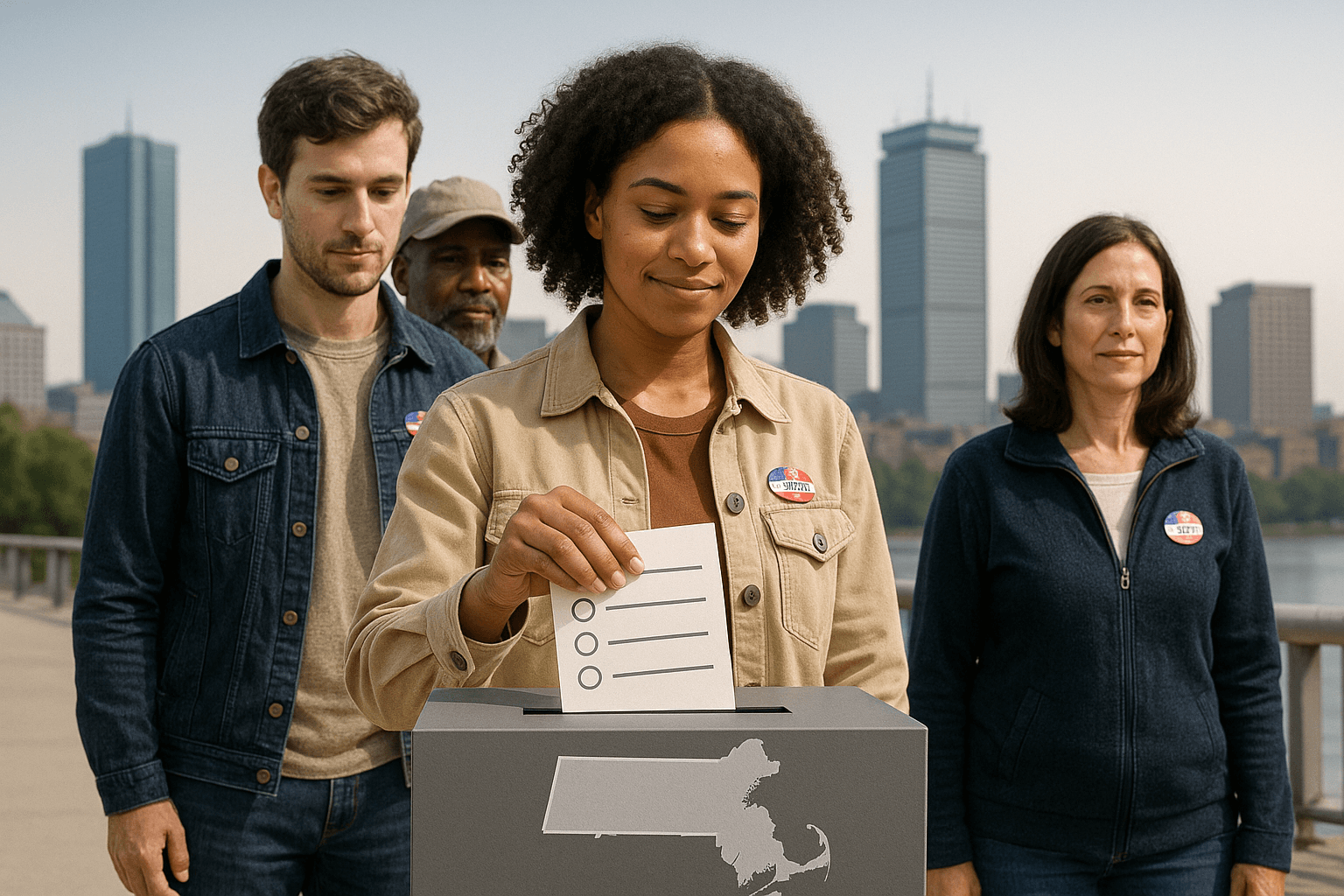Internet Access vs. Voter Turnout

In addition to candidates, the Internet played a larger role in the election and how voters participated. Millions of more people had Internet access during the 2008 election than they had in 2004. As the candidates and parties wrestled with how to use the new tool most effectively, voters benefitted from more information. All voters were able to find more information about the candidates and candidates were able to make direct contact with voters. Both candidates consistently messaged to the base voters, communicating policy positions, new leadership plans, or asking for donations.
During the 2002 election, 80,295,249 voters participated in the election. The 80M represent 27.7% of the total US resident population. In that same year, 167,196,688 Americans were actively using the Internet. This correlates to 58% of the total US population. By the time the 2004 presidential election took place, 68.8% of the US resident population were Internet users. That election saw 60.7% of eligible voters turnout to the polls, but represented only 42% of the resident population. 2006 saw 41.6% voter turnout while approximately 69% of Americans had Intent access. 2008 represented a presidential election where 62% of eligible Americans voted and 72.5% had online access. The most recent (2010) national election, a mid-term, saw 41.7% of the eligible population vote on Election Day, while 77.3% of the national population were Internet users.
Although the increases have been small in turnout percentage, the last decade has shown more voters turning out at the polls and greater Internet access each year. More people are voting during the mid-term elections than the year prior and more voters are weighing in during the presidential elections than in the previous election.
The Internet provides a mechanism to sidestep old ways of disenfranchising voters and practices that make it difficult for voters to participate in an election. Internet usage has surpassed 90% in the US since the last election, and its effects on voting or a correlation between turnout and such a high degree of access is yet to be seen. Having such a large number of Americans using the Internet without a portal for democratic participation is striking.
In the next segment: Many barriers to voting are premised on the assumption that voter fraud is an issue in the United States that must be dealt with or we will be putting our democracy at risk.


